The Coronal Virus and Challenge to Our State Organizations
Part 8
Friday March 13, 2020
| Month | World Virus Cases | World Virus Deaths |
| January 31 | 10,017 | 120 |
| February 7 | 30,000 | 700 |
| February 14 | 65,000 | 1,400 |
| February 21 | 77,000 | 2,250 |
| February 28 | 84,000 | 3,000 |
| March 6 | 101,000 | 3,408 |
| March 13 | 136,000 | 5,000 |
Path of the Virus
It continues its expansion across the world. Nations with the best testing and vigorous health procedures have the fewest relative cases. Examples are the city of Hong Kong, Taiwan, South Korea and Singapore. Hardest hit in Europe is Italy with hospitals and intensive care units overwhelmed. Every state in the United States has cases with Washington, California, and New York currently the largest numbers. Most of the cases in Texas are from passengers of cruise ships that have been transferred to Lackland Air Force base in San Antonio. As of Thursday, March 12, 2020, there were over 200 hundred there and 330 have been transferred there since February. Current practice appears to be that if after 14 days of quarantine and there are no symptoms of infection, the person is released.
Many questions remain unanswered.
- One is the availability and accuracy of tests for infection.
- Two is what can be done to prevent infection.
- Three is how long can the virus be present in the body and communicated before symptoms including tests can detect the disease.
- Four is the duration of the disease.
- Five is if re-infection can occur.
- Six is what groups are most susceptible.
- Seven is the pattern of demand from infection on the hospital network.
- Eight is what steps will increase the person’s immune system and what specific treatment are available.
- Nine is the availability of a vaccine.
Economic Issues
A separate consideration apart from the specifics of the virus, prevention and treatment is how this is affecting the community and the economy. The immediate issues are levels of working and trade. Holding one’s job is critical to survival but if one works with others then the risk of acquiring the virus is increased. Providing work conditions that emphasize keeping a distance of perhaps 6 feet from other persons lessens the likelihood of person-to-person transmission. The virus can remain viable on surfaces for several hours; so spraying disinfectants and the use of hand sanitizers are critical components in every work site and in the auto.
An economy needs trade; so purchasing fuel, food, clothing, auto repairs and hardware keeps businesses going and generates sales taxes central to state revenues in Texas.
Economic Consequences
This is the 800-pound gorilla in the room: the economic consequences. While the threat to individual health is large and growing with the burden on the health system sure to hit record levels, economic slowdowns and even seizures are the greatest problem. Texas as the nation’s leading exporting and importing state is starting to feel the consequences greatly. Watch local gasoline prices. When regular gas is below $2.00, problems are coming.
Oil and related exports represent as much as 10% of employment in the state and the Houston and the Permian Basin of West Texas are starting to feel the sharp drop in oil prices and energy consumption first. Manufacturing especially in electronics but also in automobiles and capital equipment is a second large component and is very much in the world model of “just in time” and component outsources to many countries.
Apple and its IPhone are very illustrative. The device is designed in our country. The raw materials are sourced from several other countries. Lithium, a significant component in the battery, is mined in South America and Australia. Chile is the largest source. It is mined and shipped to China, Japan and South Korea where most lithium ion batteries are made. Most of the individual components in the phone are manufactured by a Taiwanese company, Foxconn that uses very low wage labor in dozens of factories in China.
This model of manufacturing just like last week’s example of the production of drugs including antibiotics and vaccines knits together far-flung corners of the world but making the product very susceptible to supply chain breakages from local labor disputes, conflicts between nations, transportation and communication disorders and, in the case of the coronavirus, a disease that closes factories across much of China and then in other countries.[1]
Challenges for State Agencies
State agencies through their lines of contact with Austin and between their fellow agencies will be better informed than many local agencies, groups and businesses. It is important to reach out to local groups including neighbors to keep all better informed and prepared.
This virus has exposed the vulnerability in many dimensions of our current world. The volatility in stock markets around the world and in the major source of energy, oil, in the world illustrates the building panics.
Building organizational and personal resiliency is the critical response. Examining the narrow and precarious source of supply of many health and medical items suggests increasing research and development in Texas to promote more local sources and more redundancy in such critical elements of health and wellbeing!
Broad Economic Indicators of the Impact
Major indicators of economic activity continue to contract. Most central to the Texas economy is the price of oil and it has dropped as low as low as $29 and closed Thursday, March 12, 2020 at $31. Two things are happening. One is factory closings in China and sharp drops in travel particularly by air and thus there is less consumption. Both Russia and Saudi Arabia, major oil producers seem to be increasing production to force higher cost oil frackers out of business. Injecting water and sand into petroleum bearing strata has been an American invention that has increased the nation’s supply of oil and until this year, America was the world’s leading producer. But as a general rule prices below $50 a barrel, makes fracking uneconomic and is leading to a number of oil company failures. Such international competition led to oil price collapses in the 1980’s and 1990’s with severe consequences for much of Texas.
The economic reality for the last two decades is that the American economy has lost much manufacturing to other parts of the globe. While computers, the internet, software such as operating systems, data analysis, drugs, vaccines have mainly been American inventions, the production of many of these have moved off-shore to nations with cheaper labor and fewer environmental restrictions. By some measures such as gross domestic production to stock valuations, stock markets have been heavily overvalued. Some have observed that the coronavirus has served to disturb the euphoria of investors and that stocks have far to fall.
The charts below show closing prices for Texas oil on Thursday March 12, 2020. Such data are reflective of an economy in decline with sharp drops since February. Oil is a measure that reflects general economic activity over the world.
Current Situation: Coronavirus Disease 2019 (COVID‑19) Outbreak
Newly Issued for First Responders:
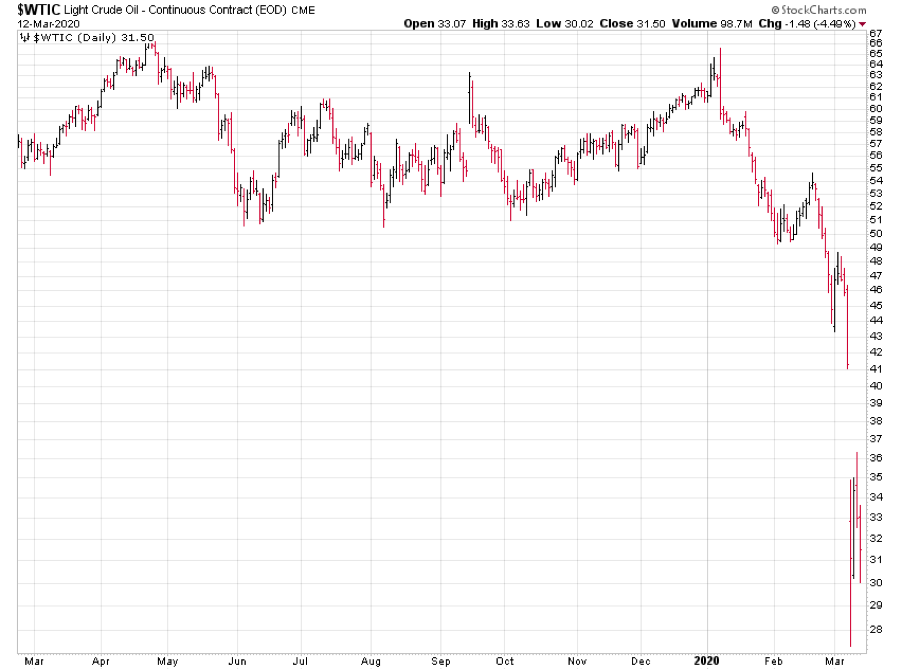


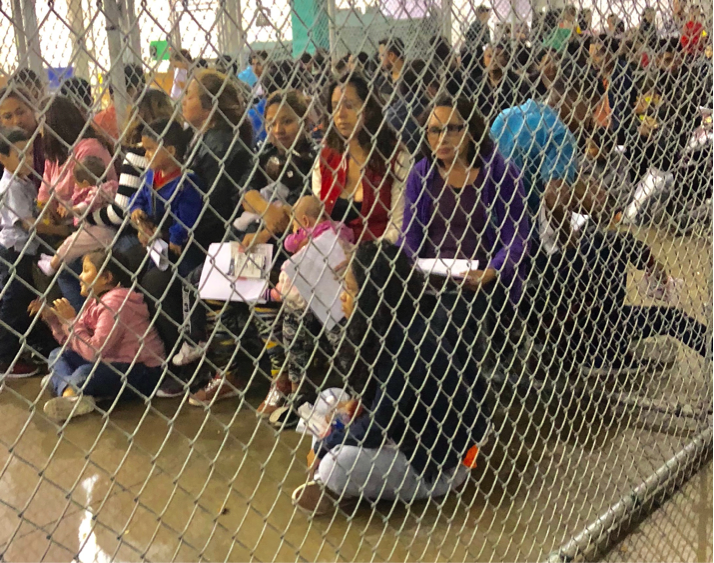 Immigration Holding Facility in McAllen, Texas
Immigration Holding Facility in McAllen, Texas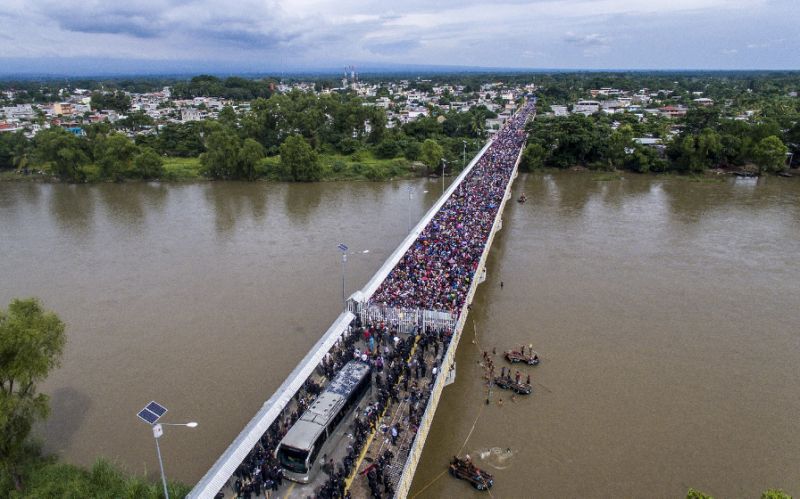 Crossings from Guatemala into Mexico-October 20, 2018
Crossings from Guatemala into Mexico-October 20, 2018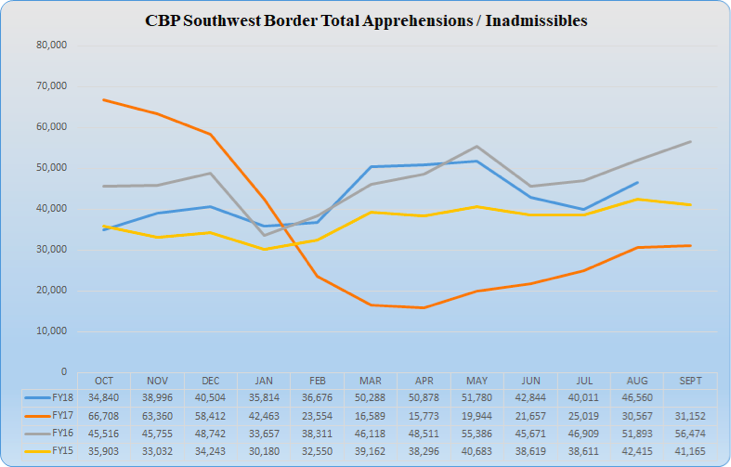
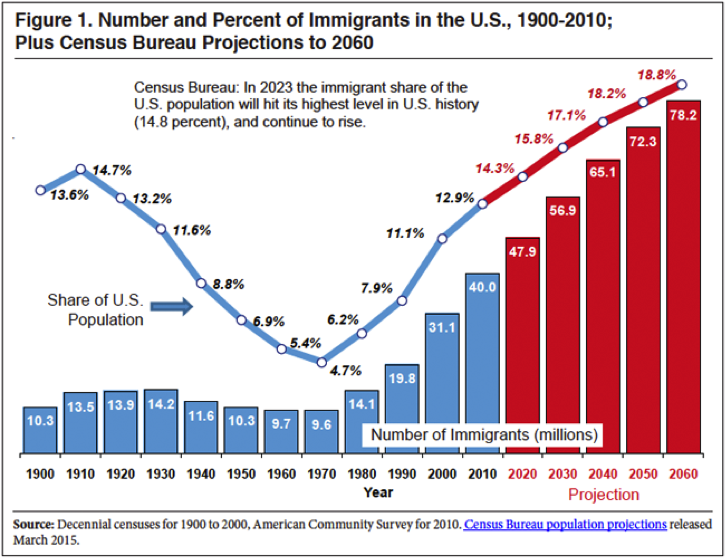
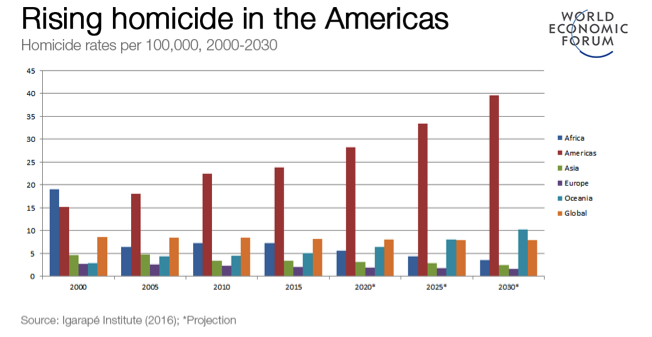 REFERENCES
REFERENCES


